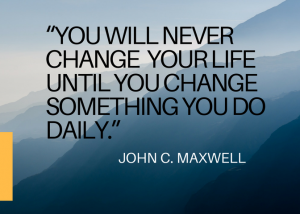
My mother has come to live with us. She is eighty-seven and has Alzheimer’s. That makes every day an adventure.
My mother and my husband both go to bed a bit later than I do because they sleep in. Recently, early in the morning, I used my blow dryer for about a minute and a half. This is not an exaggeration as my hair is short and I do very little to it.
All of a sudden my mother appeared at the bathroom door demanding, “What in the H___ are you doing that in the middle of the night for!” Whoa, that took me back and I replied, “Well mom, it isn’t the middle of the night. It’s six forty-five and I am getting ready for work.” By this point, she was already heading back to her bedroom mumbling about the inconsideration of some people and having her sleep disturbed in the middle of the night.

I have a wonderful pair of scissors. They cost a bit of money and I keep them in a drawer with my sewing supplies and I NEVER use them for anything but cutting material. Recently, I was sewing an item and left the scissors sitting on a pile of material scraps on my kitchen counter.
Later that day I found them outside, on the patio, in front of the door of our new office where my husband had been doing some electrical wiring. I knew that my husband, unable to find the pliers, had used my good scissors to cut his electrical wires! I picked them up and marched into the house, stood in front of my husband and said in a very irritated voice, “Why were my good sewing scissors outside by the office? These are expensive scissors and are only for cutting material!” Needless, to say he was taken back and replied, “I don’t know why they were outside.”
These are two really wonderful examples of how the story we tell ourselves can and does impact how we respond.
OUR RESPONSE MATTERS
When we’re parenting children understanding the connection between what we think is happening or has happened and how we respond really matters.
It matters for two reasons:
- What we think will determine if our response is appropriate or not
- Our response will send a message to our child about how we feel about them and often about who they are regardless of whether this was our intention or not
Frequently, if our story is skewed, our response is harsh and inappropriate and the message it sends is damaging to how our children feel about themselves.
In the case of my mom, her story was that it was the middle of the night and so she felt that I was totally inconsiderate of the rest of the family and that fueled her angry response.
In the case of the scissors, my story was that Don was using them inappropriately and that he was an adult and should have known better and that fueled my accusatory and angry response.
In both cases we were wrong in what we perceived was happening.
My mom and I both sent a message that we didn’t really intend to send. My mom was bugged that her sleep was interrupted but she doesn’t really believe I am an inconsiderate person but if I had been an impressionable child or teen her response could have sent a negative message that could have been internalized as true.
I know my husband isn’t inconsiderate and inappropriate but my message implied that he was both. Often the message that we send to our children when we’re not in control of our response is that there is something wrong with them, not with what they may or may not have done.
Thoughts, perceptions, and beliefs create a story and based on those stories we feel an emotion and then respond. Our response generates a result which can be good or bad, helpful or unhelpful.
Paying attention to our thoughts and the stories they generate is important and is a skill which can be learned and practiced. As we do so our lives get better and happier because we have more positive outcomes for ourselves, our relationships, our children, and our family.
Next week I will share seven tips to help you begin practicing the skill of controlling your response even when you are angry, frustrated, irritated, etc.
Your shares are the best compliment.
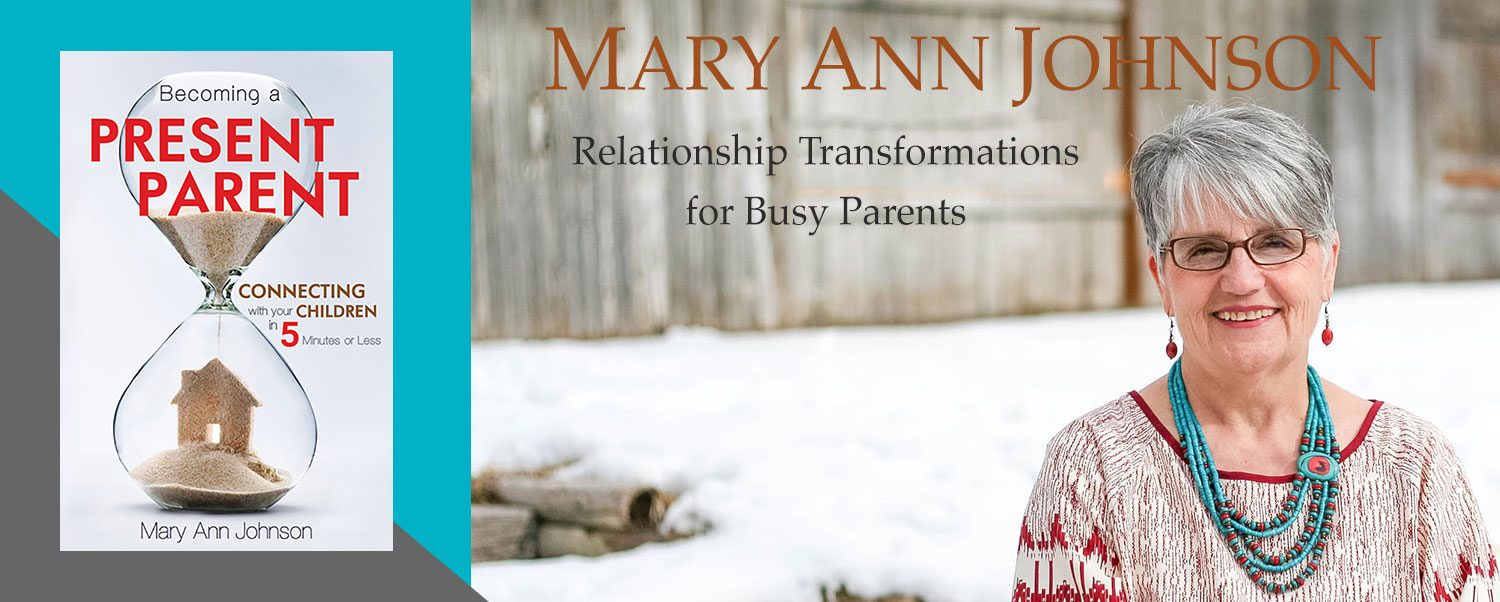


 A Very Bright Chicken!
A Very Bright Chicken! We have chickens, free-range chickens. That means they are never locked in the coop. That has its advantages and disadvantages!
We have chickens, free-range chickens. That means they are never locked in the coop. That has its advantages and disadvantages! she gets in I watched her. Within minutes I saw her scoot under the fence at the corner where it connects to our neighbor’s fence. I shooed her back out. Then I placed a large rock in front of the low spot.
she gets in I watched her. Within minutes I saw her scoot under the fence at the corner where it connects to our neighbor’s fence. I shooed her back out. Then I placed a large rock in front of the low spot. After I blocked her newest entrance I watched her pace from one end of the garden to the other looking for a way in. I could feel her frustration as she paced back and forth trying this and that.
After I blocked her newest entrance I watched her pace from one end of the garden to the other looking for a way in. I could feel her frustration as she paced back and forth trying this and that. she went back to pacing the fence line, then she veered to the left towards the pasture fence. The fence at the back of the garden is also the fence to the back pasture. It’s made of far different wire than our chicken wire garden fence.
she went back to pacing the fence line, then she veered to the left towards the pasture fence. The fence at the back of the garden is also the fence to the back pasture. It’s made of far different wire than our chicken wire garden fence.


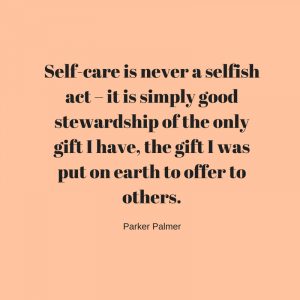 gets cold but every sip tells her mind – you matter and I am taking care of you!
gets cold but every sip tells her mind – you matter and I am taking care of you!
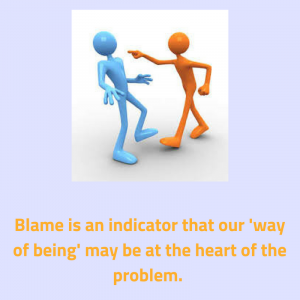 Have you ever noticed that when we’re having trouble with our spouse, neighbor or our children we begin to wonder what we can “do” to make the situation better? Can we devise a new system, have a good old-fashioned “talk it out” session or come up with a consequence/reward and so forth.
Have you ever noticed that when we’re having trouble with our spouse, neighbor or our children we begin to wonder what we can “do” to make the situation better? Can we devise a new system, have a good old-fashioned “talk it out” session or come up with a consequence/reward and so forth. This good, loving mother shared with me that her son is needy, sometimes whiny, and doesn’t respond when asked to do something. He doesn’t like being directed. It’s frankly annoying. The energy between them is not positive and she is short with him.
This good, loving mother shared with me that her son is needy, sometimes whiny, and doesn’t respond when asked to do something. He doesn’t like being directed. It’s frankly annoying. The energy between them is not positive and she is short with him. works PERFECTLY. When she gives him a heads up about a change in the schedule it works PERFECTLY. And as for random touches….well that is making ALL the difference. Not just for her seven-year-old, but for all of her children.
works PERFECTLY. When she gives him a heads up about a change in the schedule it works PERFECTLY. And as for random touches….well that is making ALL the difference. Not just for her seven-year-old, but for all of her children.

 God must have wanted to see how serious I was about the question because I prayed that same prayer every day for three months! Then one night I knew the answer – stop complaining!
God must have wanted to see how serious I was about the question because I prayed that same prayer every day for three months! Then one night I knew the answer – stop complaining! made a serious decision to become a more charitable person, less judgmental. That has been a work in progress too. Here is how they’re connected.
made a serious decision to become a more charitable person, less judgmental. That has been a work in progress too. Here is how they’re connected.



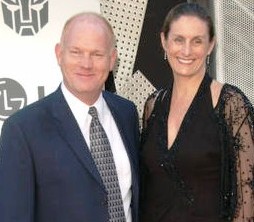
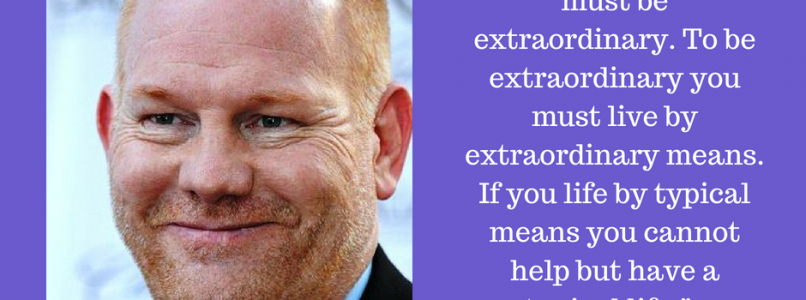
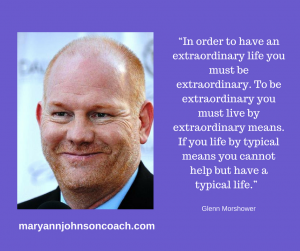 In 2011 I had the extraordinary opportunity to interview Glen Morshower – Agent Aaron Pierce, from the Fox hit “24. I had attended an event he spoke at and I was riveted by his humor, wisdom and pure joy in living. So I plucked up my courage and asked him for an interview that I could share with the mothers and fathers I work with. He said he would be glad to and gave me his phone number. I never called.
In 2011 I had the extraordinary opportunity to interview Glen Morshower – Agent Aaron Pierce, from the Fox hit “24. I had attended an event he spoke at and I was riveted by his humor, wisdom and pure joy in living. So I plucked up my courage and asked him for an interview that I could share with the mothers and fathers I work with. He said he would be glad to and gave me his phone number. I never called.

 never occurred to me that it would be useful to have some type of plan, to learn new skills, to be clear that things don’t always work out the way you think they should and that people, even kids, get to decide how they want their lives to look and feel. It was sometimes a jolting and unnerving experience.
never occurred to me that it would be useful to have some type of plan, to learn new skills, to be clear that things don’t always work out the way you think they should and that people, even kids, get to decide how they want their lives to look and feel. It was sometimes a jolting and unnerving experience.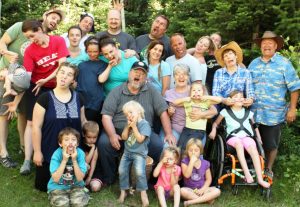 Take my word for it, that it is wasted energy. Instead, celebrate the fact that you are a mother, that you are doing the best you can, and that you do have good desires in your heart for your family. Then get more education. Learn something new. Practice a skill you need and don’t quit till you are reasonably good at it. Be proactive. Mentor with a mom who is where you want to be. Keep working on yourself. Keep loving your family. Keep going!
Take my word for it, that it is wasted energy. Instead, celebrate the fact that you are a mother, that you are doing the best you can, and that you do have good desires in your heart for your family. Then get more education. Learn something new. Practice a skill you need and don’t quit till you are reasonably good at it. Be proactive. Mentor with a mom who is where you want to be. Keep working on yourself. Keep loving your family. Keep going!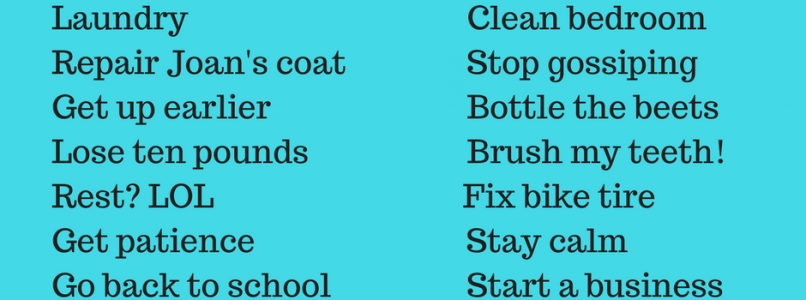
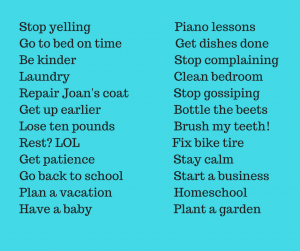 Choosing one ‘best’ thing to work on right now makes ALL the difference in how much success you will have in making changes in your life.
Choosing one ‘best’ thing to work on right now makes ALL the difference in how much success you will have in making changes in your life.